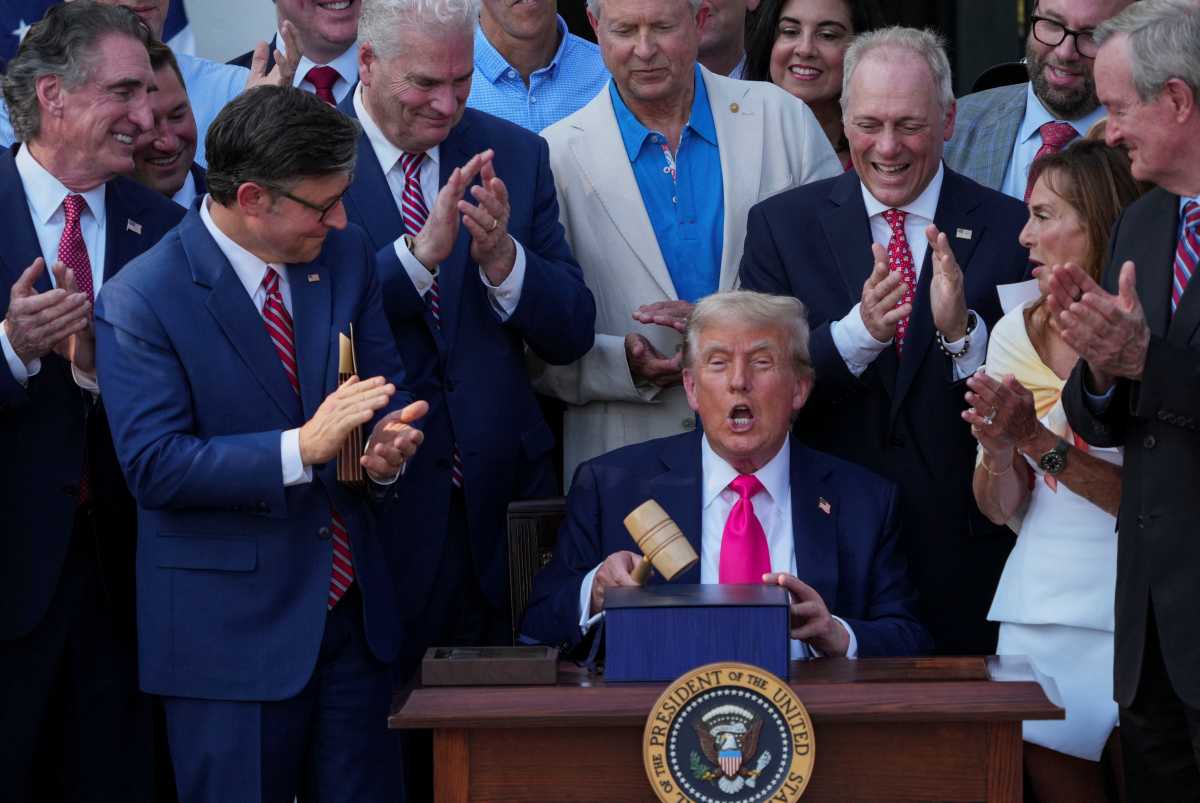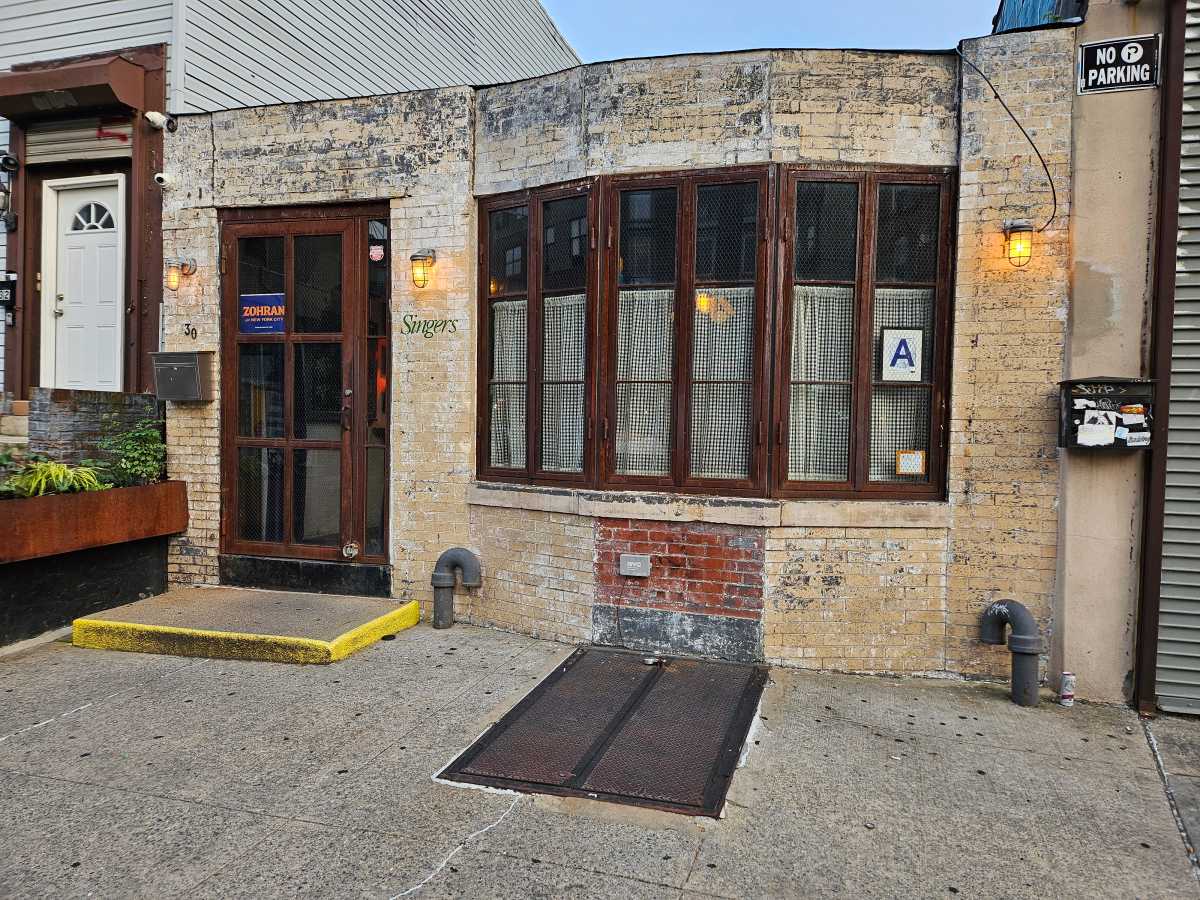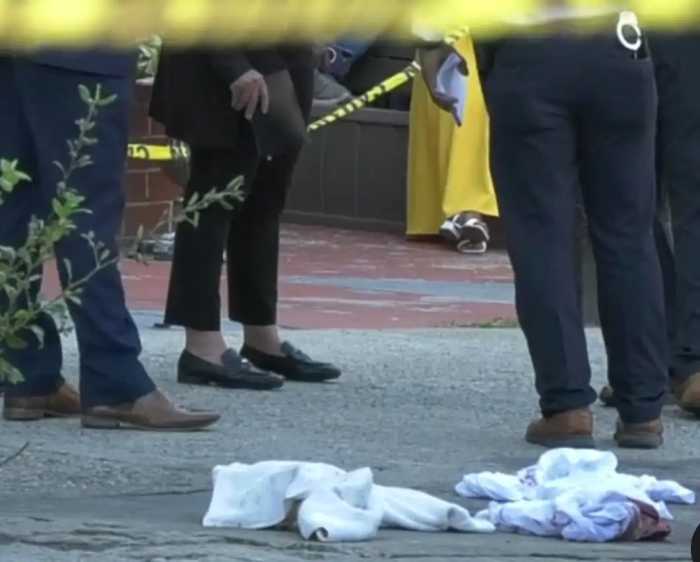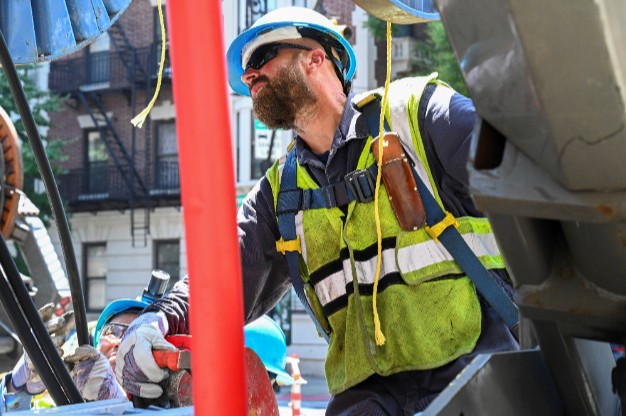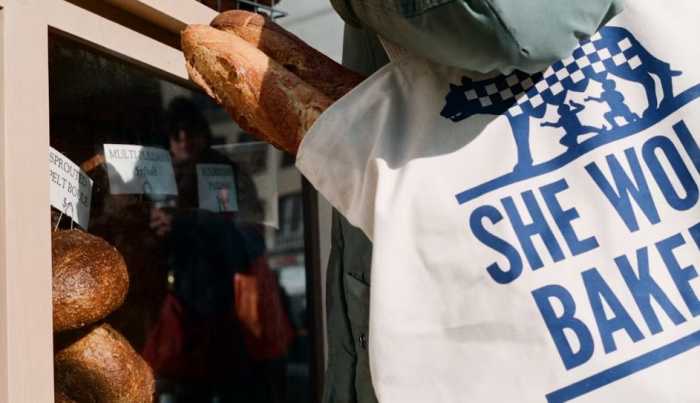BY YANNIC RACK | The neighborhoods and block associations of New York City have a long and rich history of organizing in support of causes, whether it means keeping a community garden from being developed or saving the last cobblestoned street in the Village.
On July 28, 1960, The Villager reported on a local effort that had an especially elaborate name: the Committee of Neighbors to Get the Clock on Jefferson Market Courthouse Started.
The article, by Peter English, described in much detail an expedition up the stairs of the courthouse — which is now a branch of the New York Public Library — to examine the inside of its clock tower.
“Long before the first objective was reached it became strongly evident that the local fauna of the structure consisted in the main of pigeons. Plenty of them,” wrote English, who had an apparent knack for infusing some humor into his stories.
“A handkerchief held at the ready to guard against possible nosebleed from heights became quite useful. But not for nosebleed,” he went on, jokingly comparing the ascent to Edmund Hillary’s scaling of Mount Everest on more than one occasion.
Three members of the city’s Department of Real Estate made the trip along with a representative from a Bronx clock firm, a photographer and Margot Gayle, the chairperson of the clock committee.

The building had not been used as courthouse since 1945 and a group of community preservationists, including Gayle and poet E.E. Cummings, had just recently saved it from being torn down. One year after the article was published, the former courthouse would become a library branch.
On the way up the tower, the Real Estate Department officials pledged continued support for the project and even promised a donation to the clock fund.
Money was precisely the issue holding back the repairs needed so the clock could run again — to fix cracks in the glass of the northern and western clockfaces, English noted.
He closed the article with an address where checks could be sent: Anything from $1 and up was welcome.
The clock would tick again on Oct. 16 of that same year.









